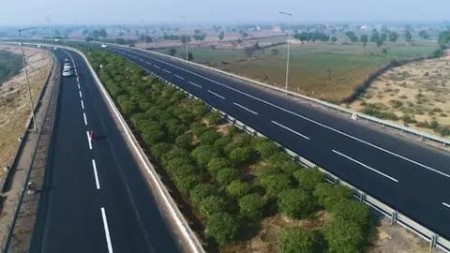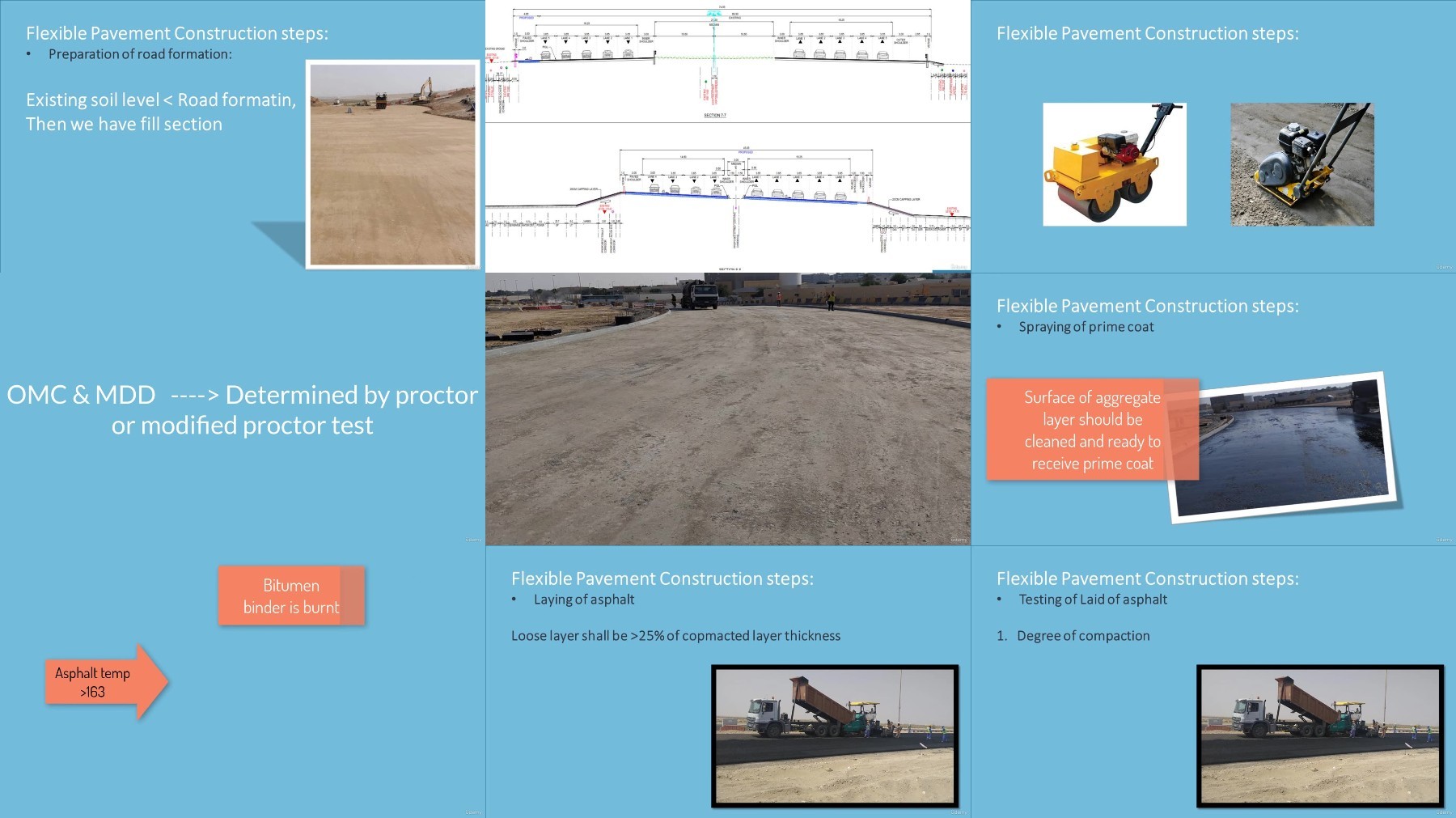Structural Design Of Road Pavement

Structural Design Of Road Pavement
Published 10/2024
MP4 | Video: h264, 1920x1080 | Audio: AAC, 44.1 KHz
Language: English | Size: 1.05 GB | Duration: 2h 15m
Structural design of asphaltic pavement
What you'll learn
understanding the component of flexible pavement
understanding the method of constructing a flexible pavement
understanding what is the traffic survey and vehicle classification
Determining the ESWL for different axle configurations
learning how to design pavement structure and determine pavement layers thickness by CBR design method
Learn how to determine EALF, TF
Determining the ESAL by analyzing the traffic survey data
understanding the concept of the equivalent axle load and the method of calculating ESAL
learning how to design pavement structure and determine pavement layers thickness by AASHTO design method
Requirements
No pre-requirement
Description
This course will discuss several important subjects for road Engineers. This course will discuss mainly the method of designing the structure of a pavement. The design of a pavement structure means determining the layers of a pavement, furthermore, determining the thickness of each layer. The purpose of a structural design of Pavement is to determine the suitable pavement to sustain a specific traffic volume for the design period. In this course, you will learn the design of Pavement by the use of CBR method and AASHTO method. The design of Pavement by the use of AASHTO method will include determining a set of parameters such as ESWL which is a number calculated to represent the traffic carried by the pavement during the design life, also, resilient modules, reliability, standard deviation and other parameters are determined to calculate the structural numbers of different pavement layer. SN is used to determine the thickness of different pavement layers. You will see the process of determining all these parameters to find the thickness of Pavement layers. This course will include a various examples to simplify and enhance the understanding process. Also, it will include quizzes and assignments.This course will also briefly explain the construction of a pavement and the component of a flexible pavement. This course will briefly discuss the procedures of constructing Embankment, laying and compaction of granular subbase and roadbase layers. Also, the procedure of laying asphalt and the types of asphaltic concrete courses. In conclusion, this course will focus on designing and construction of a flexible pavement. At the end of this course, you should have a sufficient knowledge of how the pavement is constructed, the different pavement layers and properties of each layer. Also, how to design a pavement and how to analyze the traffic survey data to determine the ESAL and then determining the thickness of different pavement layers.
Overview
Section 1: Introduction
Lecture 1 Flexible and rigid pavement
Section 2: flexible pavement layers
Lecture 2 Introduction: Flexible pavement layers
Lecture 3 CBR Test
Lecture 4 Subgrade and improved subgrade
Lecture 5 Aggregate Subbase
Lecture 6 Wet Mix-Macadam
Lecture 7 Aggregate Road-base
Lecture 8 Prime coat
Lecture 9 Asphaltic concrete courses
Lecture 10 Construction of road pavements
Section 3: Traffic survey and analysis for road pavement design
Lecture 11 Traffic survey
Lecture 12 Type of vehicles
Lecture 13 Traffic counting
Lecture 14 Axle load survey
Lecture 15 Design life of road pavement
Lecture 16 The importance of classified count
Lecture 17 Axle group configuration
Lecture 18 Tire pressure
Section 4: Design of flexible pavement by CBR method
Lecture 19 Wheel loading and ESWL
Lecture 20 CBR method for pavement design
Section 5: Pavement design component-AASHTO method
Lecture 21 Vehicle count
Lecture 22 Traffic projections
Lecture 23 Design lanes
Lecture 24 Directional factor
Lecture 25 Percentage of trucks
Lecture 26 Equivalent single axle load factor
Lecture 27 Truck factor
Lecture 28 Equivalent single axle load
Section 6: Pavement material-AASHTO method
Lecture 29 Properties of Subgrade
Lecture 30 Properties of granular materials
Lecture 31 Properties of stabilized materials
Lecture 32 Properties of asphalt concrete materials
Section 7: Flexible pavement design by AASHTO method
Lecture 33 AASHTO design method-Brief
Lecture 34 AASHTO design parameters-Reliability (R)
Lecture 35 AASHTO design parameters-Resilient modulus (MR) & Layers coefficients (m)
Lecture 36 AASHTO design parameters-Design serviceability loss (∆PSI)
Lecture 37 AASHTO design parameters-Overall standard deviation (SD)
Lecture 38 Design steps of AASHTO design method
Lecture 39 Design Example by AASHTO design method
Lecture 40 Design Example no:02
This course for any one who want to learn about road engineering. this course will exhibit a various subject related to flexible pavement as mentioned above. i tried in this course to simplify all subject and make it easier to understand through various examples and assignment.

